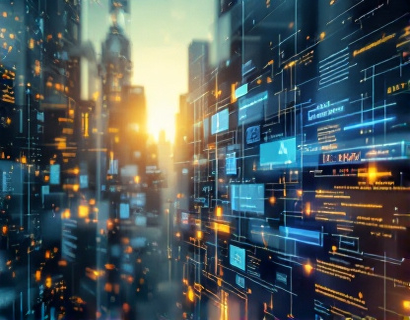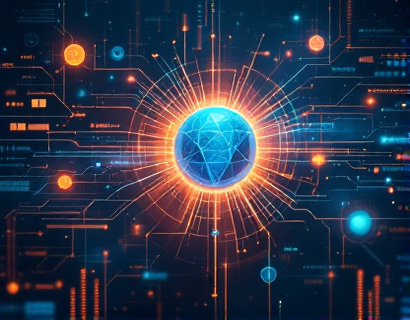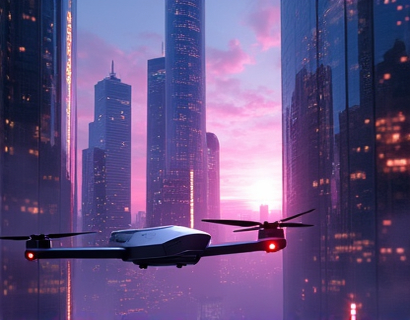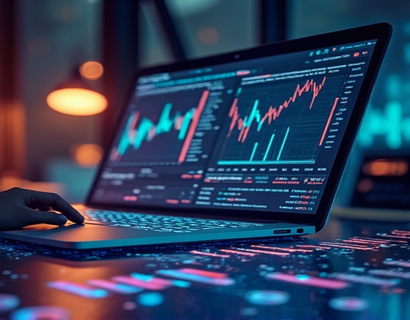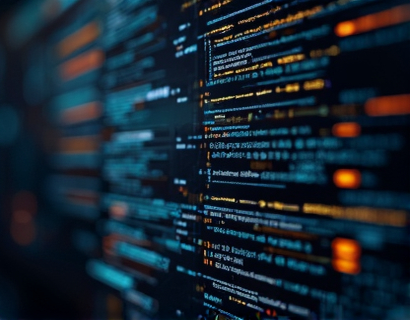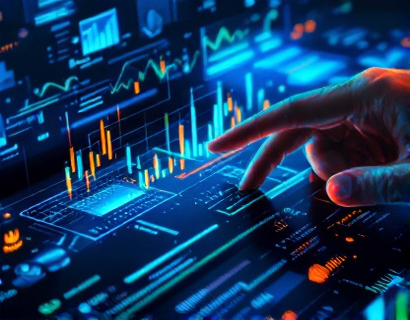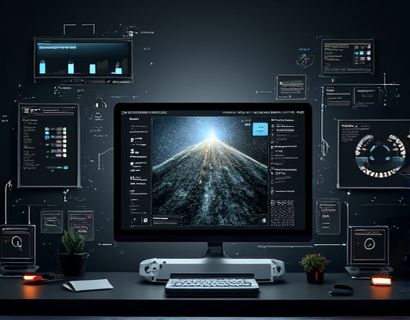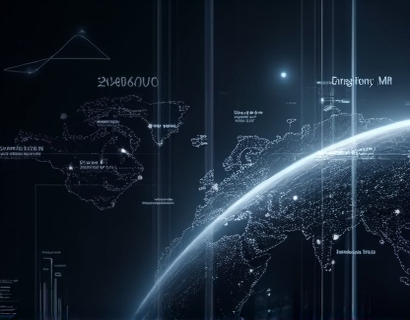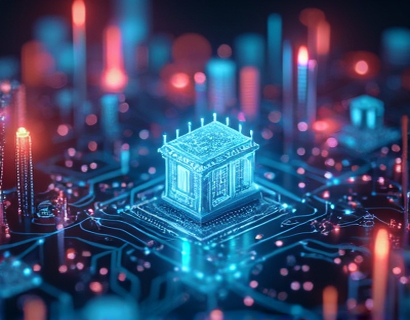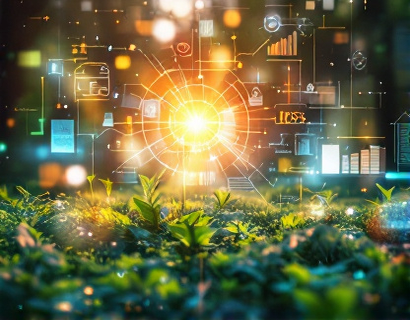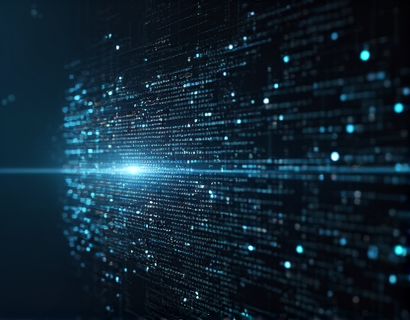Revolutionizing Aquaponics Management: Advanced Software for Sustainable Farming Success
In the rapidly evolving world of sustainable agriculture, aquaponics stands out as a promising method that combines aquaculture and hydroponics to create a symbiotic environment for fish and plants. However, managing an aquaponics system effectively requires precise monitoring, control, and optimization to ensure the health and productivity of both aquatic and terrestrial components. This is where advanced software plays a crucial role in revolutionizing aquaponics management, offering farmers and businesses the tools they need to elevate their operations and contribute to a more sustainable future.
The Importance of Advanced Software in Aquaponics
Advanced software for aquaponics management is designed to address the complexities of maintaining optimal conditions for both fish and plants. These systems integrate various sensors and control mechanisms to monitor water quality parameters such as pH, temperature, dissolved oxygen, and nutrient levels in real-time. By providing accurate and timely data, the software enables farmers to make informed decisions, adjust settings, and prevent issues before they escalate, leading to healthier and more productive systems.
Key Features of Advanced Aquaponics Software
1.Real-Time Monitoring: Advanced software offers continuous monitoring of critical parameters, ensuring that conditions remain within the ideal range for both fish and plants. This real-time data helps in early detection of potential problems, allowing for prompt corrective actions.
2.Automated Control Systems: Automation is a cornerstone of modern aquaponics management. Advanced software can control pumps, aerators, and nutrient dosing systems based on the data collected, maintaining optimal conditions without constant manual intervention.
3.Data Analysis and Reporting: Comprehensive data analysis tools help farmers understand system performance over time. Detailed reports and graphs provide insights into trends and patterns, facilitating better decision-making and long-term planning.
4.Integration Capabilities: Modern software solutions are designed to integrate with a wide range of hardware components, including sensors, controllers, and even third-party systems. This flexibility ensures a seamless and comprehensive management approach.
5.User-Friendly Interfaces: Intuitive user interfaces make it easy for farmers of all skill levels to navigate and utilize the software effectively. This accessibility is crucial for widespread adoption and effective use in diverse farming settings.
Enhancing Productivity Through Optimized Conditions
One of the primary benefits of using advanced software in aquaponics is the ability to create and maintain optimal conditions for both fish and plants. By precisely controlling water parameters, the software ensures that each component of the system thrives, leading to higher yields and better quality produce.
For example, maintaining the correct pH and nutrient levels is essential for plant growth. Advanced software can automatically adjust nutrient dosing based on real-time data, preventing over- or under-nutrition. Similarly, monitoring and controlling water temperature and oxygen levels ensures that fish remain healthy and active, maximizing their growth and survival rates.
Moreover, the automation of routine tasks such as feeding and water circulation reduces the workload on farmers, allowing them to focus on higher-level management and strategic planning. This not only increases efficiency but also reduces the risk of human error, further enhancing productivity.
Promoting Sustainability with Advanced Software
Sustainability is at the core of aquaponics, and advanced software plays a vital role in promoting environmentally friendly practices. By optimizing resource use and minimizing waste, these tools help farmers reduce their environmental footprint.
For instance, precise control of nutrient levels prevents over-fertilization, which can lead to nutrient runoff and water pollution. The software can also monitor and adjust water usage, ensuring that only the necessary amount is used for system operations. Additionally, by extending the lifespan of equipment through automated maintenance and monitoring, the software helps reduce the need for frequent replacements, conserving resources and reducing waste.
Energy efficiency is another critical aspect of sustainability. Advanced software can optimize the operation of pumps and other electrical components to minimize energy consumption without compromising system performance. This not only lowers operational costs but also reduces the carbon footprint of the aquaponics operation.
Case Studies and Success Stories
Several aquaponics farms have already seen significant benefits from implementing advanced software solutions. One such example is a medium-sized farm in the Midwest, which adopted an advanced monitoring and control system to manage their 10,000-gallon aquaponics setup.
Before the implementation, the farm faced challenges with inconsistent water quality and manual labor-intensive tasks. After integrating the software, they observed a 30% increase in fish growth rates and a 25% increase in plant yields. The automated control systems reduced the need for constant manual monitoring, freeing up staff to focus on other aspects of the business. Moreover, the farm reported a 20% reduction in water and energy usage, aligning with their sustainability goals.
Another success story comes from a commercial aquaponics operation in California. This farm, specializing in high-value crops like lettuce and herbs, utilized advanced software to manage their large-scale system. The software's data analysis features provided valuable insights into crop rotation and nutrient management, leading to a 40% increase in overall productivity. The farm also benefited from reduced water usage and lower operational costs, contributing to their profitability and environmental stewardship.
Challenges and Considerations
While the benefits of advanced software in aquaponics are clear, there are several challenges and considerations to keep in mind. One of the primary challenges is the initial investment cost. High-quality software and the necessary hardware can be expensive, especially for small-scale operations. However, the long-term benefits in terms of increased productivity, reduced resource usage, and improved system reliability often justify the investment.
Another consideration is the need for technical expertise. Farmers must be willing to learn and adapt to new technologies. Training and support from software providers are essential to ensure smooth implementation and ongoing use. Additionally, compatibility with existing systems and hardware is crucial to avoid integration issues.
Data security and privacy are also important factors. Advanced software often handles sensitive information, and ensuring the security of this data is paramount. Farmers should choose providers with robust security measures and clear privacy policies.
Future Trends in Aquaponics Software
The field of aquaponics software is rapidly evolving, with several promising trends on the horizon. One such trend is the integration of artificial intelligence (AI) and machine learning (ML) to further enhance system optimization. AI can analyze vast amounts of data to predict system behavior, identify potential issues before they occur, and suggest optimal adjustments.
Another trend is the development of cloud-based solutions, which offer scalable and accessible software options. Cloud platforms allow farmers to access their systems from anywhere, facilitating remote monitoring and management. This is particularly beneficial for large-scale operations or those with multiple locations.
Furthermore, the increasing availability of IoT (Internet of Things) devices is enabling more comprehensive and interconnected systems. IoT sensors can provide even more detailed data, and when integrated with advanced software, they can create a highly responsive and efficient aquaponics environment.
Conclusion
Advanced software is transforming aquaponics management, offering farmers and businesses the tools they need to optimize operations, enhance productivity, and promote sustainability. By leveraging real-time monitoring, automated control, data analysis, and integration capabilities, these solutions help create thriving aquaponics systems that produce healthy fish and plants while minimizing environmental impact.
As the aquaponics industry continues to grow, the role of advanced software will become increasingly important. Embracing these technologies not only improves business performance but also contributes to a more sustainable and resilient food system. Farmers and businesses that adopt advanced software are well-positioned to lead the way in the future of sustainable agriculture.




